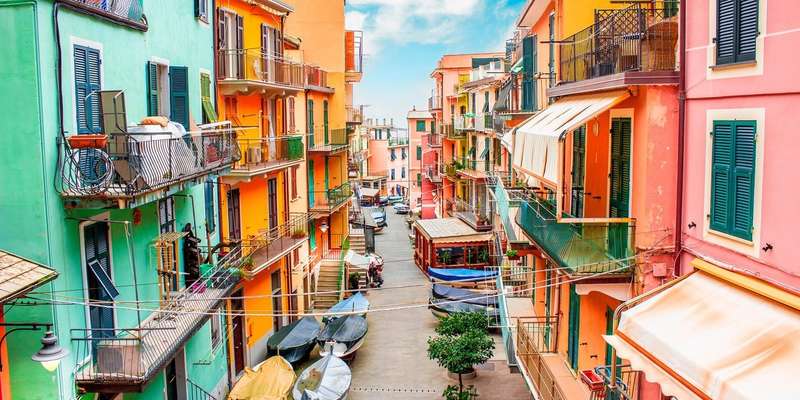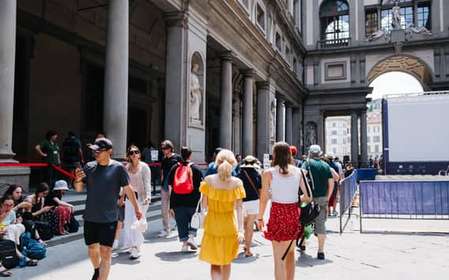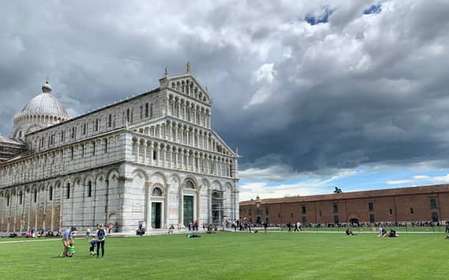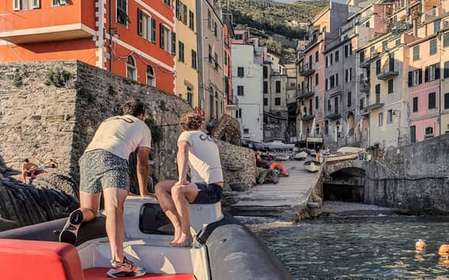- Home
- Useful Tips
- Where to find the best shops...
Visitors to La Spezia often struggle to find genuine artisanal crafts among the sea of mass-produced souvenirs. With over 60% of travelers reporting disappointment with 'local' shopping experiences (Regional Tourism Board, 2023), the frustration of returning home with inauthentic items is all too common. The historic port city's true craftsmanship hides in family-run bottegas and seasonal markets, where generations-old techniques create unique ceramics, textiles, and woodwork. Without local knowledge, you might miss the workshops where artisans still hand-paint traditional Ligurian designs or weave lace using century-old patterns. This disconnect leaves travelers with generic trinkets instead of meaningful connections to La Spezia's cultural heritage.


Navigating La Spezia's artisan districts like a local
The heart of authentic craftsmanship lies beyond the cruise port's souvenir stalls. Start your search in the atmospheric alleys of the historic center, particularly around Via del Prione and Via Chiodo, where sunlight filters through washing lines onto workshops unchanged for decades. Ceramiche D'Arte Mancini has produced hand-painted majolica since 1952, their cobalt blue designs inspired by medieval Ligurian patterns. For textile lovers, the Antico Laboratorio Merletto preserves the nearly lost art of bobbin lace with demonstrations by elderly signore who learned the craft as children. These authentic experiences require timing - many workshops close for riposo (afternoon break) and operate irregular hours. Visiting between 10am-12:30pm or 3:30-6pm Tuesday through Friday increases your chances of catching artisans at work.
Seasonal markets with genuine local makers
La Spezia's rotating markets offer direct access to rural artisans from surrounding villages. The Mercato della Creatività, held monthly in Piazza Cavour, features strictly vetted makers like woodcarvers from the Lunigiana forests and weavers using antique looms. For food-related crafts, the Wednesday morning market near the cruise terminal includes stalls selling hand-forged cutlery and olive wood kitchenware from Garfagnana. Summer brings special night markets along the marina, where you'll find younger designers blending traditional techniques with contemporary styles. Remember that authentic Italian artisans rarely haggle - fixed prices reflect years of training and quality materials. Look for the 'Artigianato Artistico' certification plaque, a government guarantee of handmade authenticity.
Identifying truly handmade vs imported fakes
Discerning real craftsmanship requires knowing subtle tells. Genuine ceramic pieces will have slight imperfections in glaze application and visible brushstrokes - perfection often indicates factory production. Authentic lace should show variations in thread tension and complex patterns that machines can't replicate. Leather goods stamped 'Made in Italy' but lacking artisan signatures likely come from large industrial workshops. True local artisans love explaining their processes; if a shopkeeper can't demonstrate how items are made, reconsider your purchase. For wooden items, check for tool marks and the scent of untreated wood rather than varnish. Many ethical workshops now display work-in-progress pieces to showcase their techniques, like the visible pottery wheels at Laboratorio Ceramico in the old town.
Sustainable souvenirs that support local families
Beyond typical tourist purchases, consider investing in functional art that sustains traditional livelihoods. The Sartoria Artigiana textile collective creates modern apparel using heritage linen-weaving methods, with each piece documenting which nonna crafted it. For meaningful edible souvenirs, Cereria Bianchi hand-dips beeswax candles using 19th-century molds - their honey comes from hillside apiaries overlooking the Gulf of Poets. Those traveling light can purchase miniature versions of famous local crafts, like the palm-sized copper boats made by retired shipyard workers. Many workshops offer shipping services for larger items, ensuring you don't sacrifice suitcase space for quality. These purchases directly support La Spezia's living cultural heritage, with receipts often including the artisan's contact information for future orders.



